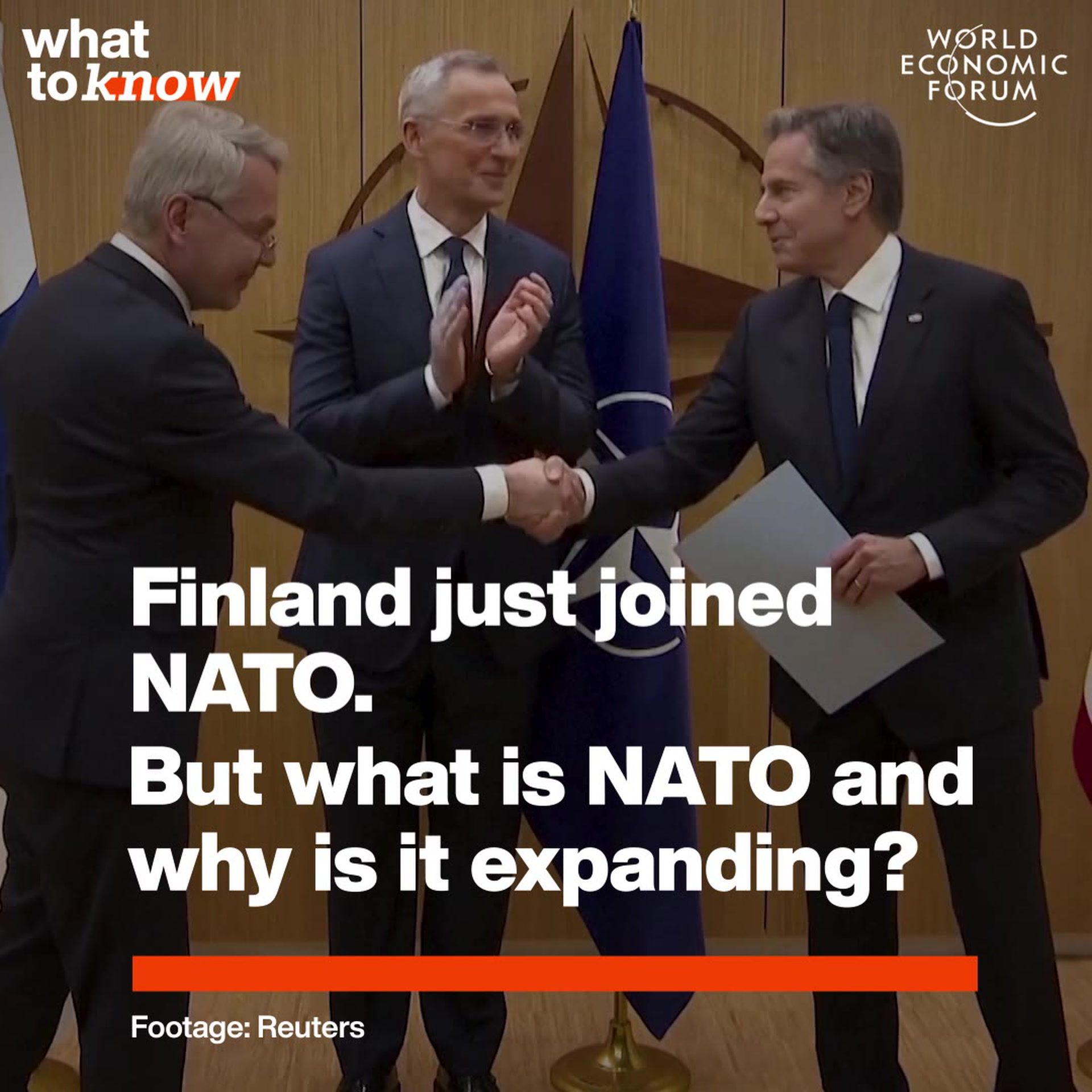Is this the world's forgotten refugee crisis?

The refugee crisis in Europe and the Middle East has centered attention on war as the main driver, but another refugee crisis looms in Central America. Image: REUTERS/Jose de Jesus Cortes

Get involved with our crowdsourced digital platform to deliver impact at scale
Stay up to date:
International Security
A young friend of mine grew up in Honduras. As he grew from boy to teenager, he inevitably drew the attention of the local street gangs. He managed to avoid getting caught up with them by coming directly home from school every day, and staying inside with his grandmother until school started again the next morning.

From the US, his mother, who had left Honduras to find work as a nanny when he was only three years old, Skyped with him daily. She debated about whether to send for him. Many of her friends had done this, only to lose their children to the same gangs that were trying to recruit them in Honduras, or to jail.
The day her son texted her a photo of three dead bodies – victims of a gang assassination – outside the gates of his school, she made up her mind.
His journey cost $10,000, and took him by bus, by car, and eventually by foot across the Texas desert, across the US border into the custody of the border police. After a month detention in Philadelphia, he was released to his mother near Washington DC. Now he joins the hundreds of thousands of ‘unaccompanied minors’ who have fled Central American violence for an uncertain future in the North.
The recent refugee crisis in Europe and the Middle East has centered global attention on war as the main driver of forced displacement. Yet, another refugee crisis looms in Central America. This displacement happens at a slower speed, and grabs fewer international headlines, but can be just as damaging as a large-scale conflict that captures the world’s imagination. According to UNHCR, applications for asylum from Central America have quintupled since 2008. At least half of the displaced are women, many of them pushed to flee their countries by rape, assault and extortion. As Shelly Pitterman, Regional Representative for UNHCR in the Americas’ noted at the Fragility Forum recently, “These women are not coming here because they are attracted by economic incentives in the US. This is all about push factors.”
Globally, we face an unprecedented forced displacement crisis, including almost 20 million refugees and millions more displaced within their own countries. Development actors, including the World Bank Group (WBG), are starting to invest more in countries affected by forced displacement. The World Bank Group seeks to improve the global development response to forced displacement, particularly in conflict-affected settings, and has a dedicated program to lead this work: the Global Program on Forced Displacement. Countries that have benefitted from WBG operations addressing forced displacement include: Azerbaijan, Democratic Republic of Congo, Pakistan, and Sri Lanka, with projects covering a range of sectors, seeking to develop economies and strengthen the resilience of displaced populations and host communities.
But the global development response should go further. Forced displacement can be understood as, ‘the situation of persons who are forced to leave or flee their homes due to conflict, violence and human rights violations.’ In addition to conflict, violence and human rights violations are significant drivers of large scale population movement. Former UN High Commissioner for Refugees, António Guterres, has stated that “the dramatic refugee crises we are witnessing in the world today are not confined to the Middle East or Africa,” and that “we are seeing another refugee situation unfolding in the Americas.”
In Central America, unaccompanied children, adolescents and women often suffer violence from organized criminal groups and often endure traumatizing processes during displacement. Taking advantage of strong relationships with governments in Central America, the WBG is now investing in violence prevention initiatives in Honduras, El Salvador, and Guatemala, and has long been a supporter of such work in middle-income countries like Brazil and Colombia. The crisis in the Middle East puts pressure on all sides to address the global displacement crisis, and this must be done from all three angles: conflict, violence and human rights violations.
Don't miss any update on this topic
Create a free account and access your personalized content collection with our latest publications and analyses.
License and Republishing
World Economic Forum articles may be republished in accordance with the Creative Commons Attribution-NonCommercial-NoDerivatives 4.0 International Public License, and in accordance with our Terms of Use.
The views expressed in this article are those of the author alone and not the World Economic Forum.
The Agenda Weekly
A weekly update of the most important issues driving the global agenda
You can unsubscribe at any time using the link in our emails. For more details, review our privacy policy.
More on International SecuritySee all
Kate Whiting
April 4, 2024
Spencer Feingold and Joe Myers
January 15, 2024
Anna Bjerde and Filippo Grandi
December 15, 2023
John Letzing
December 13, 2023
Joe Myers
August 18, 2023






